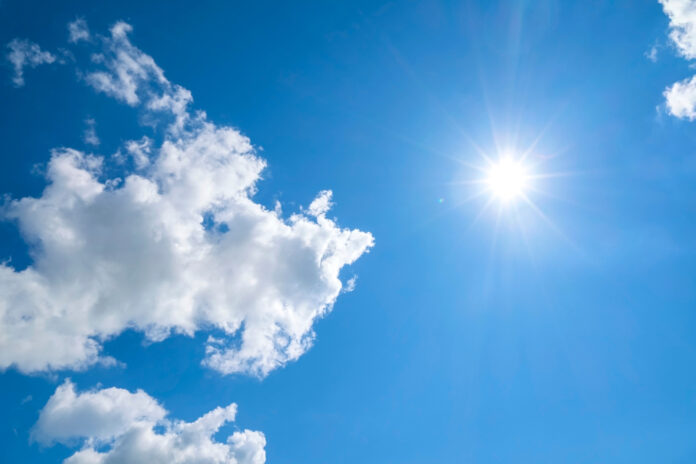
Did you know two different types of sun rays reach the earth’s atmosphere? Both types can be dangerous for our skin. UVB rays, the type we link to sunburn or tanning, can cause harm immediately. The other type, UVA rays, are responsible for long-term damage, like premature aging.
Understanding the UV Level
The UV level is a measurement of the amount of UV light that reaches the earth’s surface on a global scale from one to 20. A level of three or more is regarded as being high enough to harm the skin.
Some UV weather predictions calculate the UV level based on a clear sky, disregarding clouds, rain, or pollution. It provides you with the most UV rays that may be expected during the day.
UV Levels and Cloudy Days
With the sun out, it’s easy to remember that sunscreen is important. But what about cloudy days? Is it still necessary to apply sunscreen on those overcast days?
Yes, you should always wear sunscreen when you’re in the sun. Even if it’s cloudy, ultraviolet rays from the sun can still damage your skin and cause sunburns.
The cloud cover doesn’t stop UV rays from reaching your skin. In fact, clouds may actually filter out some UV rays but not enough to prevent damage.
Clouds also protect us from some of the heat of the sun, so they make us feel cooler than we would be without them. But they also trap a lot of heat in the atmosphere around them, which makes them warmer than they would otherwise be. This means that there’s still enough heat coming through the clouds to burn your skin if you’re exposed long enough — even if it looks like it’s a cool day outside!
How Can You Stay Protected?
You may think that the sun is not a threat when it’s cloudy or cold outside. But if you look at the UV index, you’ll see that even on cloudy days, there can be significant amounts of ultraviolet (UV) radiation reaching the earth. And when temperatures drop below 50 degrees Fahrenheit, many people still get burned when they’re outdoors for long periods of time.
The sun is at its peak between 10 a.m. and 2 p.m. It is also strongest in July and August throughout the continental United States. That doesn’t mean that at other times of the year, you don’t need to protect your skin from excess UV exposure, especially if you work outdoors or spend a lot of time exercising outside.
Summary
Even on cloudy days, you still need protection from the sun. The clouds can filter some of the UV exposure, but not all of it. As a general rule, add sunscreen to your daily routine, so you always go out with a bit of protection.



















